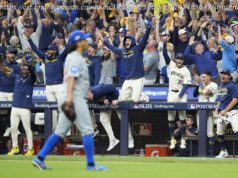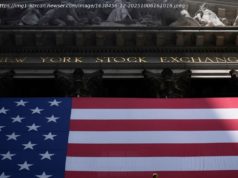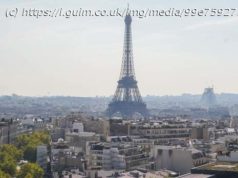Elon Musk has written a blog post explaining why he said he might take Tesla private at $420 a share on Twitter. «Funding secured,» he…
Elon Musk has written a blog post explaining why he said he might take Tesla private at $420 a share on Twitter. «Funding secured,» he declared in the tweet.
But after reading Musk’s new post, the only conclusion to be drawn is that funding was, in fact, not secured.
And that could spell serious trouble for Musk .
In a nutshell, Musk said that he spoke with Saudi Arabia’s sovereign wealth fund, the Public Investment Fund (PIF) on July 31 and that the person he spoke to expressed an interest in taking Tesla private. Musk said his Saudi investors had been thinking about this since early 2017. Musk considered that all he needed to say «funding secured.»
«H e strongly expressed his support for funding a going private transaction for Tesla at this time,» Musk writes. «I understood from him that no other decision makers were needed and that they were eager to proceed.»
But there are some obvious problems with this, one of them being price. Wall Street, which is chomping at the bit for big deals as always, estimates that a traditional leveraged buy out of Tesla would require around $66 billion in cash.
In other words, Saudi money alone would not be able to finance such a deal .
What’s more, the WSJ reports that two people familiar with the matter at the PIF said they «doubt there are any serious discussions under way about the fund taking a significantly larger stake in Tesla. Indeed, the fund is struggling to find ways to finance its existing commitments.»
As it turns out, after Musk announced the possibility of the deal, he reengaged the Saudis on August 7 and found that he would need more than one person at the fund to approve his deal. The Saudi involvement would be » subject to financial and other due diligence and their internal review process for obtaining approvals.»
As for this inconsistency between July 31 and August 7, perhaps Musk simply has no idea how sovereign wealth funds work. If, as Musk said, his Saudi shareholders had been interested in taking Tesla private for almost two years, it seems odd that they wouldn’t have already been asking questions about how a deal would work, or about things like regulatory requirements.
Now, as I said before, the Saudis alone cannot finance this deal. And Musk wrote in his blog post that he had planned all along to talk to Tesla’s other investors.
» I continue to have discussions with the Saudi fund, and I also am having discussions with a number of other investors, which is something that I always planned to do since I would like for Tesla to continue to have a broad investor base,» he wrote.
So, in that scenario, this back and forth between them and Musk is just the tiniest of steps on the way to securing funding. It certainly is not «funding secured.»
And then there’s the question of the deal structure. Musk addressed that issue in his blog post too. He wrote:
«R eports that more than $70B would be needed to take Tesla private dramatically overstate the actual capital raise needed. The $420 buyout price would only be used for Tesla shareholders who do not remain with our company if it is private. My best estimate right now is that approximately two-thirds of shares owned by all current investors would roll over into a private Tesla.»
There are a couple issues with that statement from a finance perspective:
What’s more — and perhaps this only matters to poindexters and finance geeks — but Tesla has yet to file official SEC paperwork about this event, which is raising eyebrows all over the deal universe.
Tesla’s stock is down slightly after Musk’s blog post, reflecting the idea that the market is not pleased with his explanation. In fact, the stock has given back all of the gains it made since Musk made his going private announcement. The SEC is looking into the accuracy of Musk’s statement.
If funding was not secured and he knew it, he could be charged with stock manipulation.
And, according to Musk’s own words, the deal sounds far from done.
«I left the July 31st meeting with no question that a deal with the Saudi sovereign fund could be closed,» Musk wrote, » it was just a matter of getting the process moving.»






